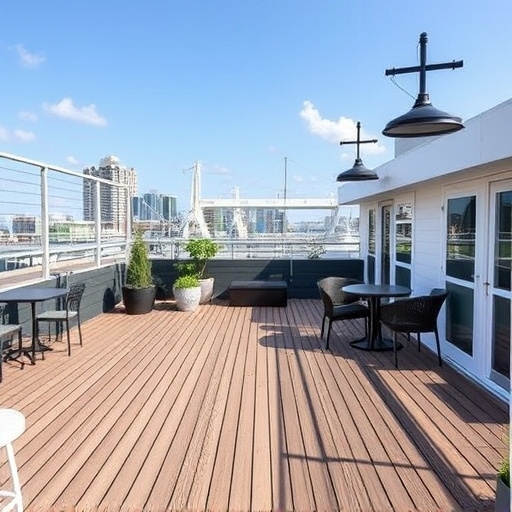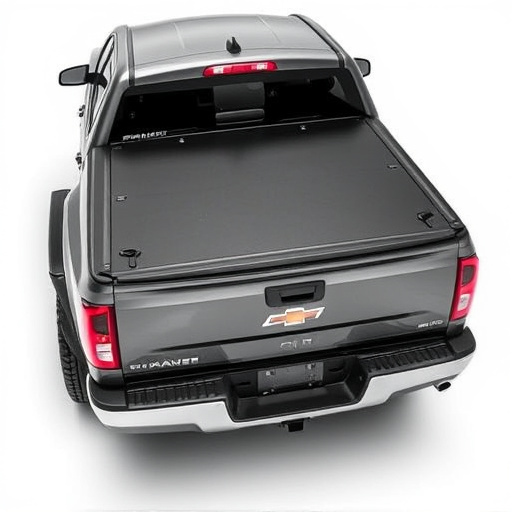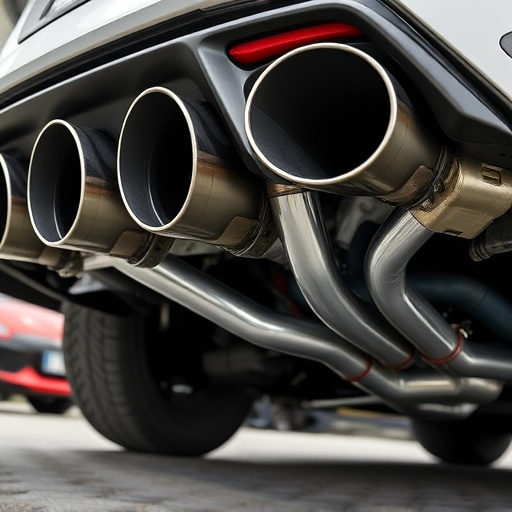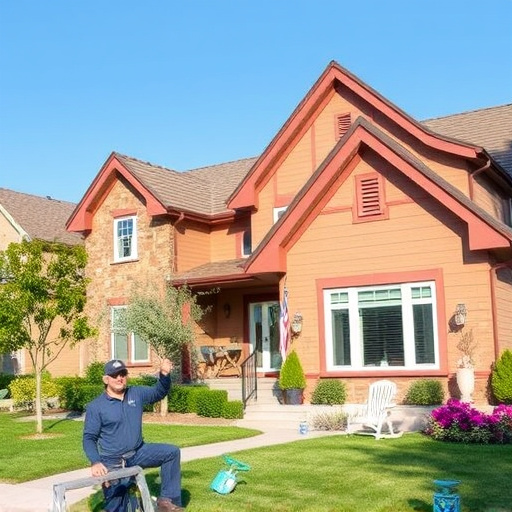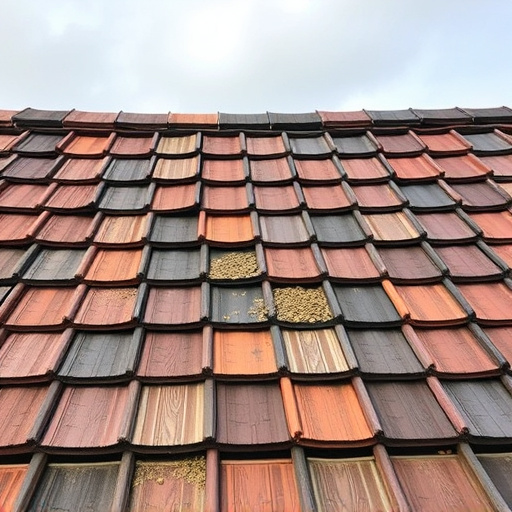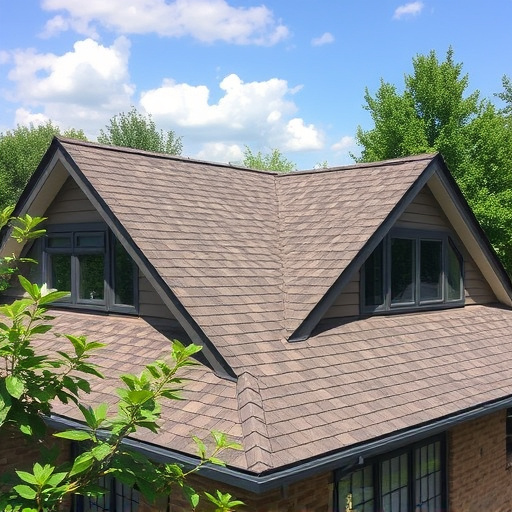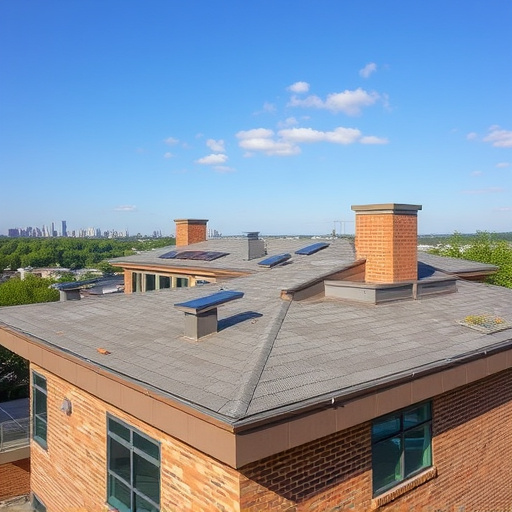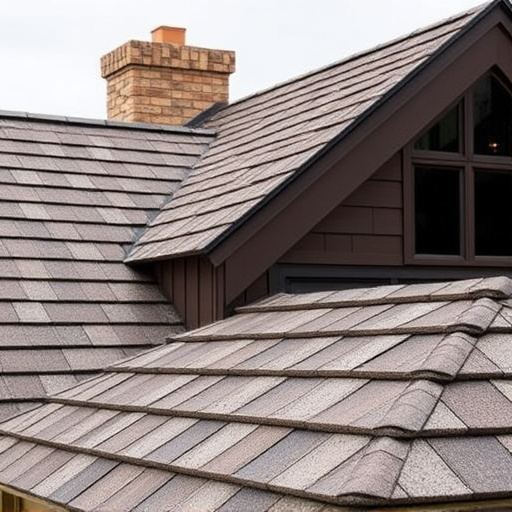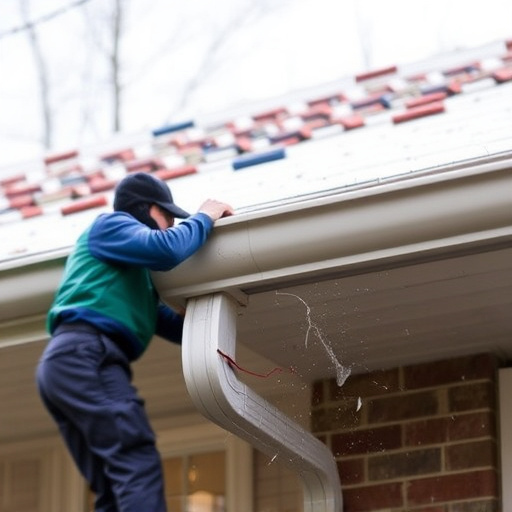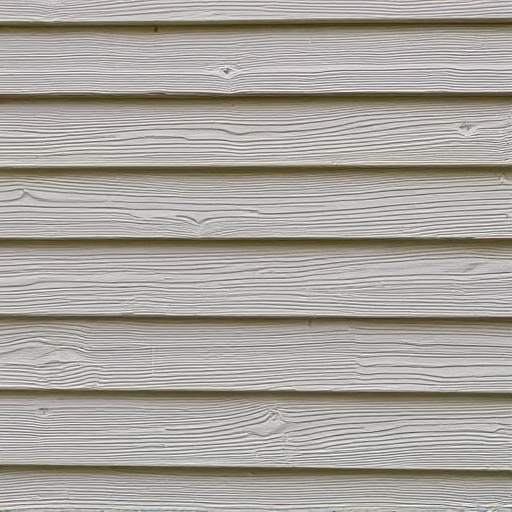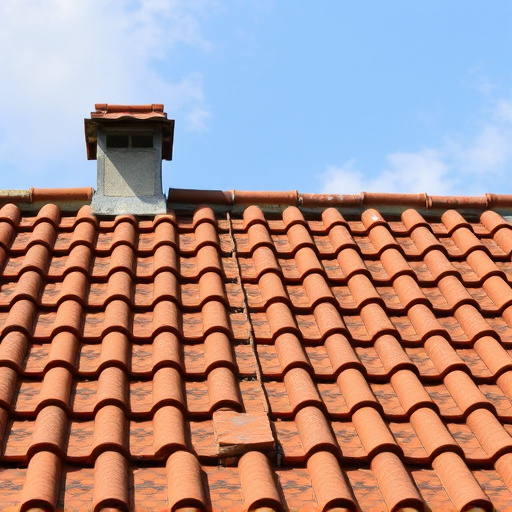Flat roofs provide modern aesthetics, cost savings, and low maintenance but require drainage planning. Sloped roofs offer superior weather protection, natural ventilation, energy efficiency, and structural integrity for homes and commercial properties. Design preferences, climate, local regulations determine the choice between flat or sloped roof installations. Commercial siding enhances all roof types' durability and visual appeal.
When it comes to roof installation, the choice between a flat or sloped design is crucial. Each style offers unique advantages and considerations, impacting your home’s aesthetics, energy efficiency, and long-term maintenance. In this article, we explore the pros and cons of flat roofs versus sloped roofs, guiding you through the process of deciding which option best suits your needs. From cost-effectiveness to durability, discover how these choices can shape your property’s landscape.
- Flat Roof Installation: Advantages and Disadvantages
- Sloped Roofs: Benefits for Your Home
- Factors to Consider in Choosing Between Styles
Flat Roof Installation: Advantages and Disadvantages
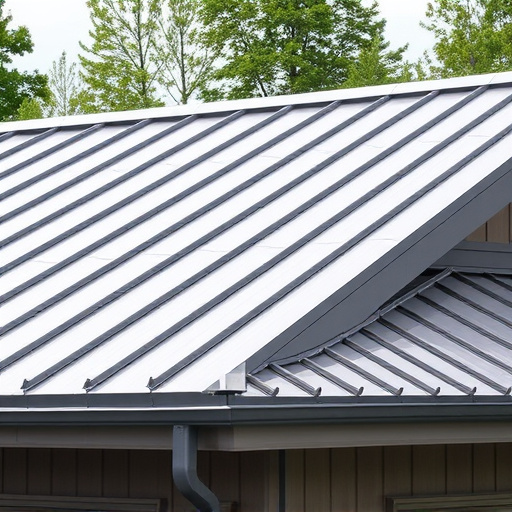
Flat roof installations offer a sleek and modern aesthetic, appealing to those seeking a minimalist design for their property. One of its primary advantages is cost-effectiveness; flat roofs typically require less material and labor compared to sloped roofs, making them an affordable option for both commercial and residential properties. This simplicity also translates to easier maintenance and repair, as there are no complex angles or slopes to navigate. Moreover, flat roofs can extend the life of a building by providing efficient water drainage systems, which prevent water damage—a common issue with sloped roofs. However, they may require additional reinforcement to support heavy weights, such as large HVAC units, and their lack of slope makes draining rainwater more challenging, requiring careful planning for proper drainage solutions.
When considering roofing services, it’s crucial to weigh these pros and cons. In residential roofing, flat roofs can be a smart choice for energy-efficient homes due to their ability to accommodate advanced insulation and cooling systems. Additionally, they offer versatility in design, allowing homeowners to create unique outdoor living spaces with custom finishes. Unlike sloped roofs, which often require specialized siding installation techniques, flat roofs are easier to sidings, providing a straightforward and cost-efficient solution for exterior property enhancement.
Sloped Roofs: Benefits for Your Home
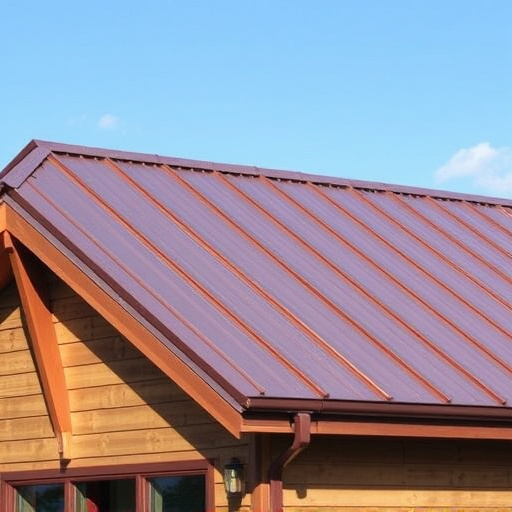
Sloped roofs offer numerous advantages for homeowners, making them a popular choice for many styles of residences. One of the key benefits is their superior protection against extreme weather conditions. The inclined surface allows for better water runoff during heavy rainfall or snow, reducing the risk of damage to the building’s structure and interior. This characteristic is especially valuable in regions prone to severe storms or high precipitation levels.
Moreover, sloped roofs provide greater flexibility when it comes to ventilation and insulation. The design facilitates natural airflow, helping to regulate indoor temperatures and mitigating issues like moisture buildup or mold growth. Properly installed, these roofs can also enhance energy efficiency by trapping heat during colder months and keeping the home cool in summer, thereby potentially reducing utility costs and contributing to a more sustainable living environment. Commercial siding and roofing services can further bolster the structural integrity and aesthetic appeal of sloped roofs, ensuring long-lasting protection for any property type.
Factors to Consider in Choosing Between Styles
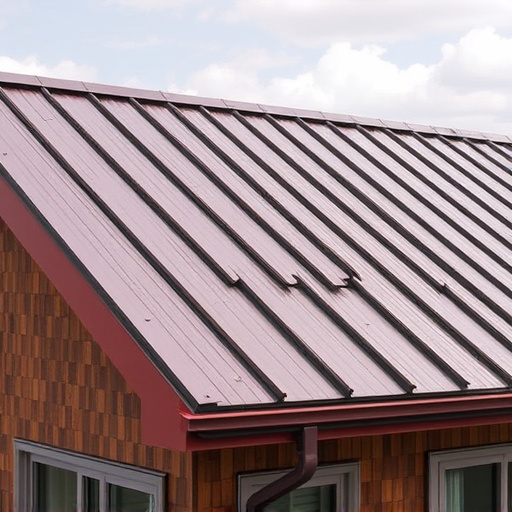
When choosing between a flat and sloped roof installation for your property, several factors come into play. One of the primary considerations is the architectural design of your home or building. Flat roofs are often preferred in modern, minimalist designs, offering a seamless look with clean lines. In contrast, sloped roofs suit traditional or historic structures, enhancing their aesthetic appeal with pitched lines.
Another crucial factor is climate and weather conditions specific to your region. Sloped roofs are generally more suitable for areas prone to heavy snowfall and strong winds, as they provide better drainage and resistance. On the other hand, flat roofs can be a better option in regions with milder weather, as they require less maintenance and offer easier access for repairs or roof replacement when needed, including siding repairs. Additionally, local building codes and regulations should be considered, as they may dictate the type of roof allowed or preferred for specific types of structures.
When deciding between a flat or sloped roof installation, understanding the unique advantages and disadvantages of each style is key. Flat roofs offer cost-effectiveness and ease of maintenance but may require more frequent repairs due to their susceptibility to pooling water. Sloped roofs, on the other hand, provide better drainage, enhancing structural integrity, but can be more expensive to install and maintain. The ideal choice depends on factors like climate, budget, and personal preferences. By carefully considering these aspects, homeowners can make an informed decision that best suits their needs for a reliable and durable roof installation.

